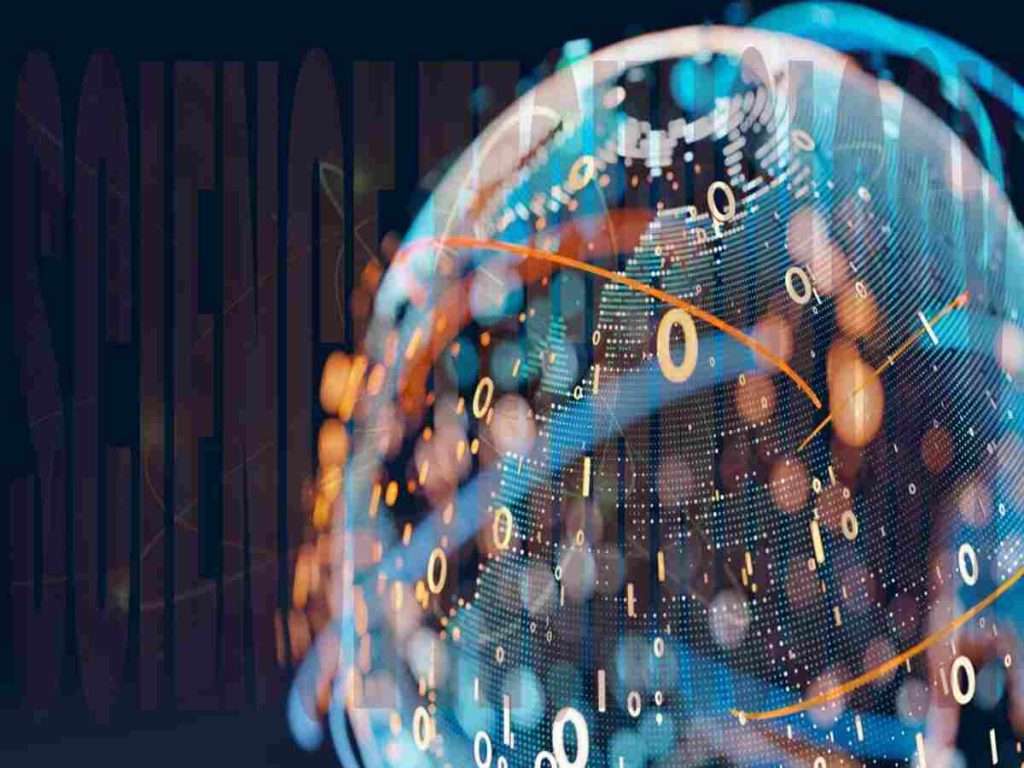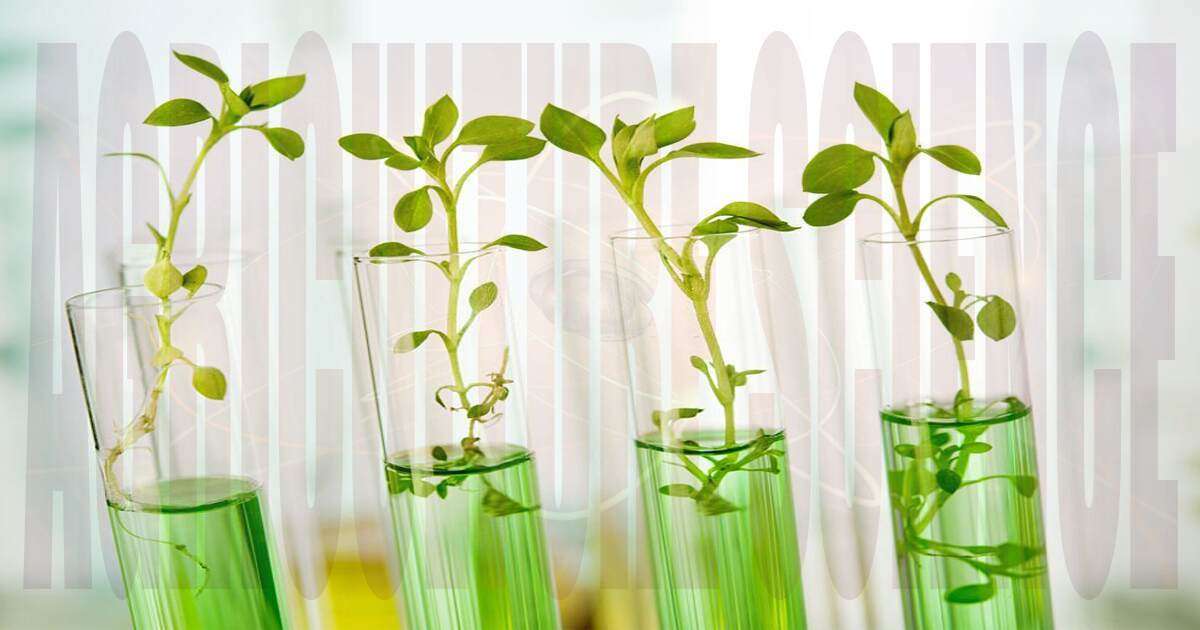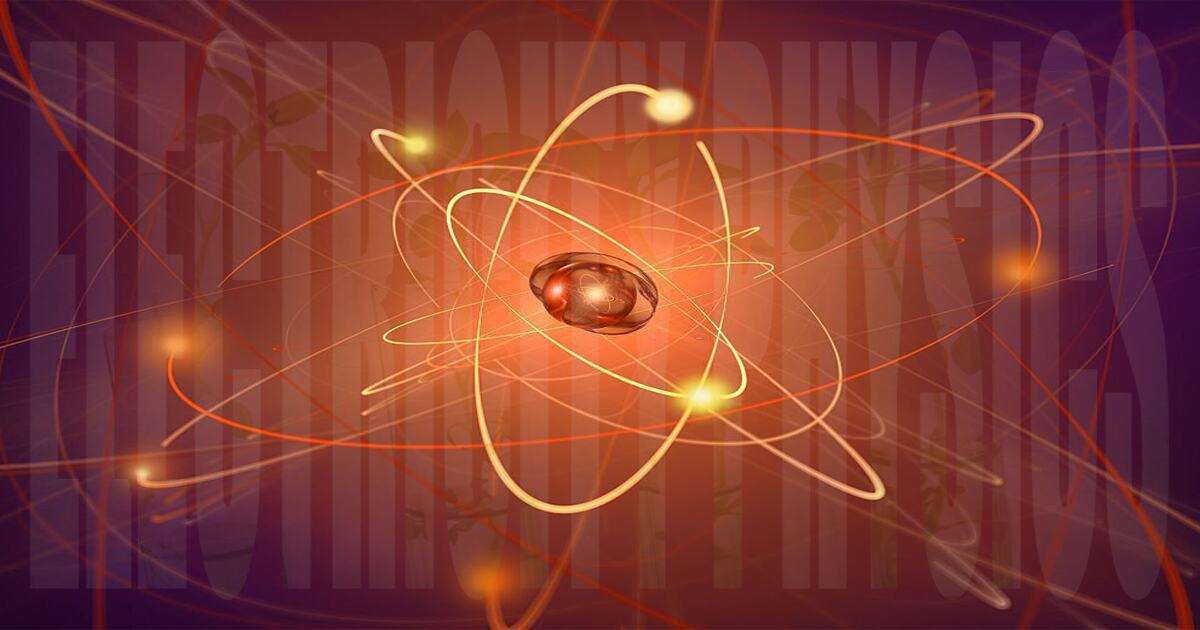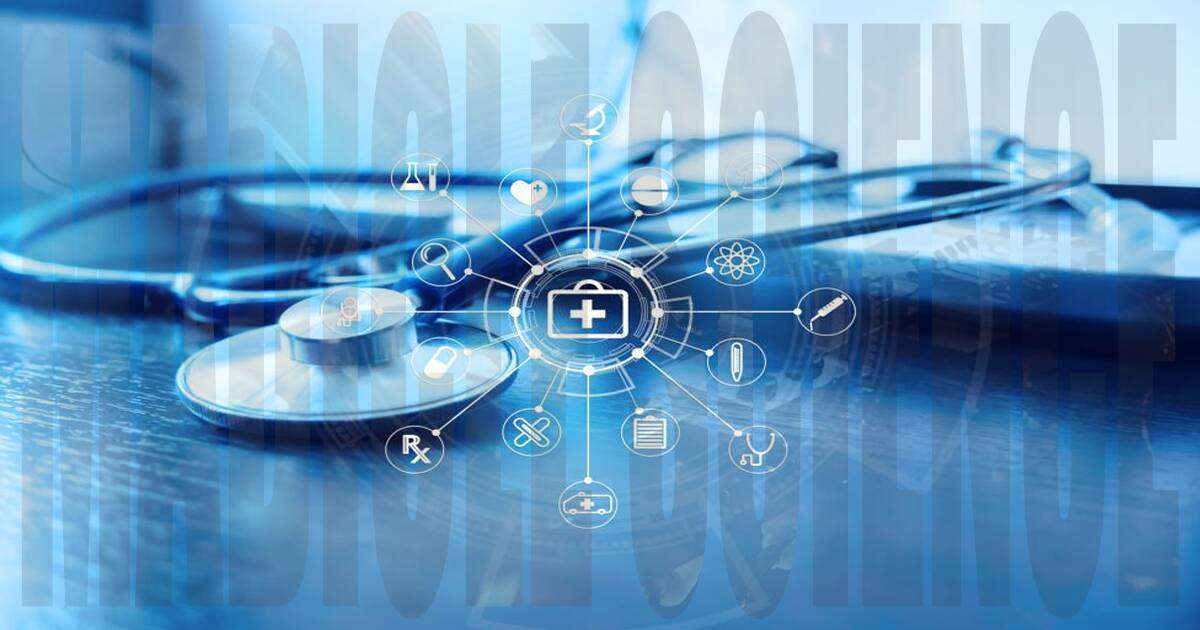Science is an English word. The literal meaning of knowledge is knowledge. which is obtained through experiments and observations, and new inventions have surprised people. The secrets of millions of years of nature have been opened by science; by tearing the chest of the earth and going to the depths of the sea and going to the heights of the sky, man has obtained a lot of information which was a secret for a long time, Hundreds of things used in daily life are the religion of science (science technology).
Our lives owe to scientific inventions and discoveries; today, men and women, rich and poor, young and old, all benefit from the blessings of science. Streets, streets, mountains, forests, villages, cities, everywhere we see the gifts of science; in terms of hygiene, science has invented drugs, surgical methods, and machines that have made it possible to save a person from death compared to the last fifty years, the average age of man has increased. The inventions of science have controlled dangerous diseases; transplanting internal parts of the human body, such as kidneys, lungs, and eyes, is rare. Undoubtedly, we live a comfortable life compared to our elders (science and technology).
Science Agriculture
If you’re referring to applying scientific principles and research in agriculture, I’d be happy to provide more information.
Scientific Agriculture or Agricultural Science is the application of scientific knowledge, techniques, and principles to improve agricultural practices’ efficiency, productivity, and sustainability. It involves using a multidisciplinary approach that combines biology, chemistry, physics, genetics, ecology, and other scientific fields to address challenges in agriculture. Here are some key aspects:
- Crop Improvement: Scientists work on developing new crop varieties through techniques like crossbreeding, genetic engineering, and biotechnology. These efforts aim to create more resistant plants to diseases, pests, and environmental stressors while improving yield and nutritional content.
- Soil Science: Soil is a crucial component of agriculture. Scientists study soil properties, composition, and fertility to optimize crop growth. They also work on soil conservation and preventing soil degradation.
- Pest and Disease Management: Agricultural scientists research and develop methods to control pests and diseases that can damage crops. Integrated Pest Management (IPM) approaches combine various strategies to minimize the use of pesticides.
- Precision Agriculture involves using GPS, remote sensing, and data analytics technology to tailor agricultural practices to specific field conditions. It helps optimize resource use, reduce waste, and enhance productivity.
- Sustainable Practices: Agricultural science emphasizes sustainable practices that minimize environmental impact, conserve natural resources, and ensure the long-term viability of farming systems.
- Agroecology: This field explores the interactions between ecological processes and agricultural systems, aiming to create more resilient and harmonious farming methods.
- Research and Extension: Agricultural research institutions and extension services inform farmers about the latest scientific advancements and best practices.
Science And Agriculture (science and technology)
Scientific agriculture is crucial for addressing the challenges of feeding a growing global population, promoting sustainable land use, and minimizing the environmental impact of agriculture. It’s an interdisciplinary field that combines the expertise of scientists, agronomists, ecologists, geneticists, and various other professionals to innovate and improve agricultural practices.
The progress we are seeing today in agriculture is all the result of the grace of science. Today, barren land has been made arable. Now, many crops are cultivated in a year from the same field.
Thousands of electronic equipment and machines are clear evidence of the blessings of science and its gifts. The necessities of life are the most minor things that we use. They also reach us through science. How fortunate is man today that all the luxuries and means of entertainment are available to him? Which was not known even to the kings of the previous era. The planetary worlds can communicate directly with our world; as soon as we hear the name of science, a picture of a modern world appears in our minds. It has everything for human comfort and colorful objects.
Electricity Physics (science technology)
Electricity is a form of energy resulting from the presence and movement of charged particles, typically electrons. It plays a crucial role in our modern world and is used in various applications, from powering our homes to running electronic devices. Here are some key concepts related to electricity in physics:
- Electric Charge: This Physics is a fundamental property of matter. Electric charges typs: positive and negative electric. Like charges repel each other, and opposite directions attract.
- Electrons: The Electrons are subatomic particles with a negative control. They orbit the nucleus of atoms and can move from one bit to another, creating an electric current.
- Conductors and Insulators: Materials are classified as conductors or insulators based on their ability to conduct electric charge. Conductors, like metals, allow electrons to move freely, while insulators, like rubber or plastic, inhibit the flow of electrons.
Electricity Physics Of Science
- Electric Current: Electric is measured in amperes (A) and is the rate at which bills move through a conductor. Current can be either direct current (DC), where charges flow in one direction, or alternating current (AC), where heads oscillate back and forth.
- Voltage: The Voltage, also known as electric potential difference, is the force that drives electric charges to move. It is measured in volts (V). Voltage makes charges flow from a higher to a lower potential.
- Resistance: The Resistance is the opposition to flow of electric current. The material and dimensions of a conductor determine it. Resistance is measured in ohms (Ω).
- Circuits: Electric circuits are paths that allow electric current to flow. Circuits can be simple, like a single loop of wire with a battery, or complex, like the electrical systems in buildings.
- Series and Parallel Circuits: Components in a circuit can be connected in series (one after another) or parallel (side by side). The same current flows through all components, and the voltage across each element is the same.
Electricity Of Science
The first invention of science is electricity; how it has developed is admirable and unique; what revolutionized human life is unforgettable. It is the primary need of today’s era. Today, we see many things around us. Thanks to science and technology like TV, washing machines, refrigerators, ships, and air conditioners. These things have made human life more manageable (science and technology).
Science has always helped man a lot in making his life easier. Life through mobile brought the people sitting far away closer to each other. It became easy to communicate with people from different countries through the internet. In this way, airplanes also make human life more manageable. Man can travel thousands of miles in a few hours.
Medical Science (science technology)
Medical science is a vast and dynamic field encompassing various disciplines related to studying the human body, diseases, treatments, and overall health. Here are some critical areas within medical science:
- Anatomy and Physiology: The Anatomy deals with the structure of the human body, while physiology focuses on how different organs and systems function. Understanding the body’s structure and its workings is fundamental to medical science.
- Pathology: Pathology involves the study of diseases, their causes, mechanisms, and effects on the body. Pathologists analyze tissues, cells, and fluids to diagnose diseases and help guide treatment decisions.
- Pharmacology: Pharmacology studies drugs, including how they interact with the body, their effects, and their potential uses in treating various conditions. This line plays a critical role in developing new medications and treatment strategies.
- Genetics and Genomics: Genetics studies the inheritance of traits and genetic information, while genomics involves analyzing large sets of genes and their functions. Advances in genetics have led to breakthroughs in personalized medicine and disease risk assessment.
Critical Area Of Medical Science
- Microbiology and Immunology: Microbiology studies microorganisms, including bacteria, viruses, and fungi. Immunology studies the immune system, its response to pathogens, and how it can be manipulated for therapeutic purposes.
- Epidemiology: Epidemiology involves the study of disease patterns, causes, and effects within populations. Epidemiologists work to identify risk factors, track outbreaks, and develop disease prevention and control strategies.
- Medical Imaging: Medical techniques such as X-rays, MRI (magnetic resonance imaging), CT scans (computed tomography), and ultrasound provide visual information about the internal structures of the body, aiding in diagnosis and treatment planning.
- Surgery: Surgical procedures treat various medical conditions through manual intervention. Advances in surgical techniques, tools, and minimally invasive procedures have significantly improved patient outcomes.
- Neuroscience: Neuroscience studies the nervous system, including the brain, spinal cord, and peripheral nerves. It plays a crucial role in understanding neurological disorders and mental health issues.
- Clinical Research: Clinical research involves conducting studies and trials to evaluate new treatments, medications, and medical devices.
- Medical Ethics: Medical ethics addresses moral issues and dilemmas that arise in healthcare, including patient rights, informed consent, and the ethical use of medical technologies.
- Public Health: Public health works to improve the overall health of populations through preventive measures, health education, and policy development.
These are just a few of the many areas within medical science. The field constantly evolves due to technological advancements, research, and our understanding of the human body.





